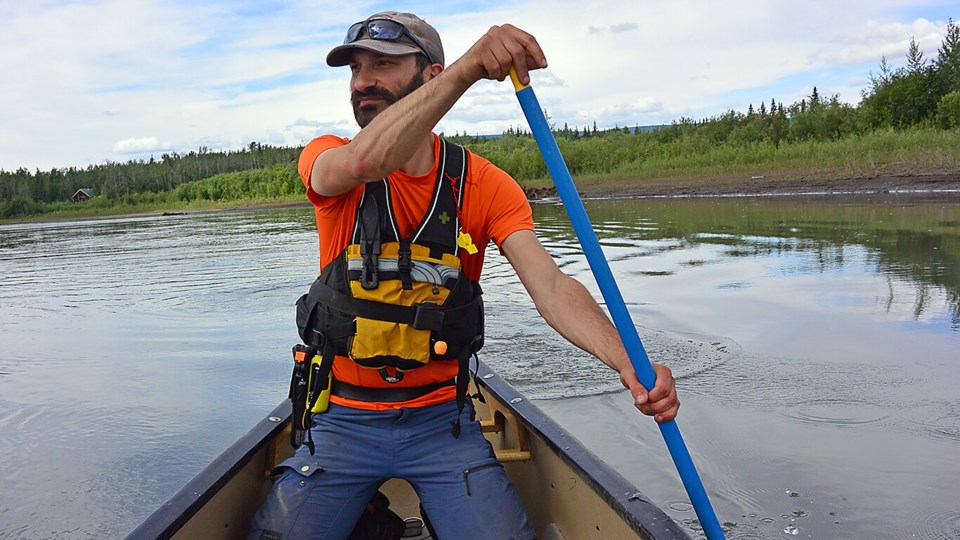A University of British Columbia Okanagan researcher has found that Arctic river channels are changing course due to climate change, but not in the way they first thought.
Dr. Alessandro Ielpi, an assistant professor with UBCO’s Irving K. Barber Faculty of Science, published a paper in Nature Climate Change this week.
Scientists have long believed that rapid warming in the Arctic would cause river channels to move faster, but this new study has found the opposite may be true.
The paper looks at how atmospheric warming is affecting Arctic rivers flowing through permafrost terrain. So far the research has determined that, as the region is sharply warming up, its rivers are not moving as scientists have expected.
“The western Arctic is one of the areas in the world experiencing the sharpest atmospheric warming due to climate change,” he says. “Many northern scientists predicted the rivers would be destabilized by atmospheric warming. The understanding was that as permafrost thaws, riverbanks are weakened, and therefore northern rivers are less stable and expected to shift their channel positions at a faster pace.”
This assumption of faster channel migration owing to climate change has dominated the scientific community for decades.
“But the assumption had never been verified against field observations,” says Dr. Ielpi.
The research team analyzed a collection of time-lapsed satellite images—stretching back more than 50 years and compared more than a thousand kilometres of riverbanks from 10 Arctic rivers in Alaska, the Yukon and Northwest Territories.
“We tested the hypothesis that large sinuous rivers in permafrost terrain are moving faster under a warming climate, and we found exactly the opposite,” says Dr. Ilepi. “Yes, permafrost is degrading, but the influence of other environmental changes, such as greening of the Arctic, counteracts its effects. Higher temperatures and more moisture in the Arctic mean the region is greening up. Shrubs are expanding, growing thicker and taller on areas that were previously only sparsely vegetated.”
This growing and robust vegetation along the riverbanks means the banks have become more stable.
“The dynamics of these rivers reflect the extent and impact of global climate change on sediment erosion and deposition in Arctic watersheds,” Dr. Ielpi and his colleagues write in the paper. “Understanding the behaviour of these rivers in response to environmental changes is paramount to understanding and working with the impact of climate warming on Arctic regions.”
Dr. Ielpi points out that monitoring riverbank erosion and channel migration around the globe is an important tool that should be widely used to understand climate change.
“We found that large sinuous rivers with various degrees of permafrost distribution in their floodplains and catchments, display instead a peculiar range in migration rates. Surprisingly, these rivers migrate at slower rates under warming temperatures.”
The time-lapse analysis shows that the sideways migration of large Arctic sinuous rivers has decreased by about 20 per cent over the last half-century.




